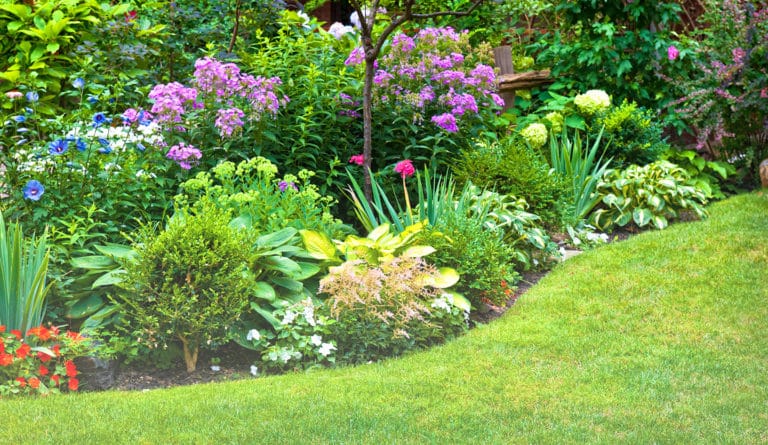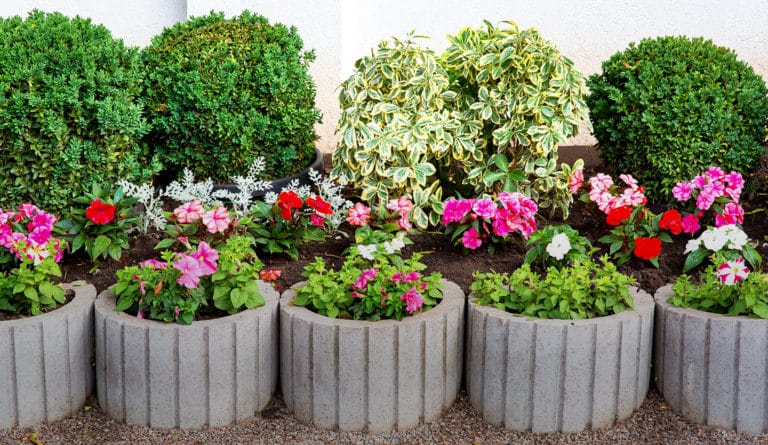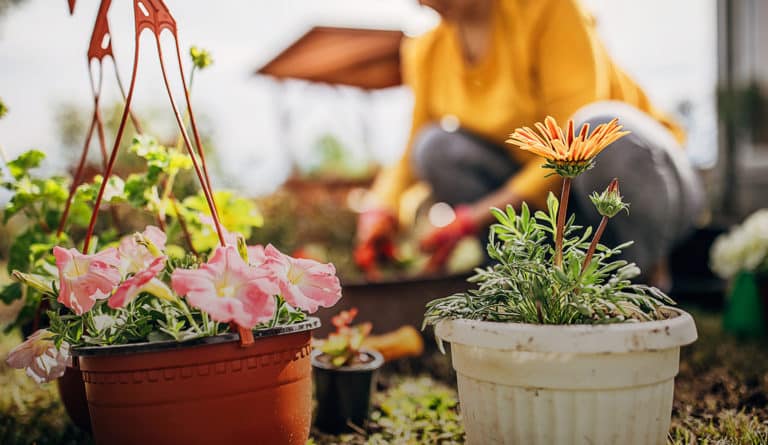
cucumbers
aka Cucumis Sativus
Crunch! Cucumbers are delicious in salads, and the perfect gateway to your new obsession with pickling. Their vines want to run wild, but they are trainable.
variations
Armenian Cucumber, English Cucumbers, Lemon Cucumbers and Persian Cucumbers, and almost 100 more varieties!
light
full sun
Cucumbers like about 8 hours of sunlight a day.
water + feeding
thirsty friends
The thirsty vines of the Cucumber need at least 1 inch of water per week. And if your cucumbers are out in full sun, get ready to water a lot!
toxic
non-toxic
Cucumbers are non-toxic and even make delicious, hydrating snacks for cats and dogs.
size
medium
Smaller cucumber varieties are best grown to about 4 inches (10 cm). Longer varieties like English cucumbers can grow 6 to 8 inches (15–20cm). General rule, smaller is better. Don’t let them overgrow or they may get soft and bitter.
pro tip
oh shoot!
When a vine has grown 7 leaves, pinch off the growing tip. The vine should develop side shoots that you can leave on the ground, or train up a trellis or netting.
fun fact
super hydrater
Raw cucumbers are 95% water! They’re also 100% delicious.


beyond the basics
-
soil & potting
Cucumbers need warm soil to germinate. Find a spot with good light and well–draining soil. Plant seeds in mounds about 1 inch deep. Give that little seed or container seedling lots of space, once they get growing, their vines really spread out to boost growth, feed the soil with dolomite lime, compost or Miracle-Gro® Shake ‘n Feed Tomato, Fruit & Vegetable Plant Food.
-
companion planting
Cucumbers work well beside asparagus, beans, Brassicas, celery, corn, dill, kohlrabi, lettuce, onion, peas, radish, and tomatoes. Avoid potatoes and sage. Sunflowers and cornflowers make a beautiful natural trellis for cucumber vines to climb. Dill attracting beneficial predatory insects that eat pests. The nasturtium flower repels pests and is even thought to improve a cucumber’s taste.
-
harvesting
Harvest time! Your cucumbers should be uniformly green, firm, and have a slightly rounded tip. They grow rapidly, so check them often. Be sure you don’t miss any under the leaves. Once they become yellow, bulbous or soft, they’re overripe. A little early is better than too late.
-
pest control
What are these little white flies? They are literally Whiteflies. They drink sap and excrete a sticky ‘honeydew’ which also encourages mould. Use sticky traps or Ortho® Bug B Gon® ECO Insecticidal Soap to keep your cucumbers healthy. Another common pest is the cucumber beetle. These little guys can be found on your seedlings, just as they’re starting to grow up. If you don’t catch these beetles soon enough, their larvae will feed on the plant and kill it. Cucumber beetles also spread bacteria and viruses when they move from plant to plant. To get rid of these little pests, try using sticky traps. You could also knock the beetles off your plant and catch them in a little piece of cardboard or a small jug.

troubleshooting
-
what ate my stems right near the soil level?
Probably Cutworms. Check the soil for gray grubs about 1/2 inch (1 cm). They love to eat stems, roots, and leaves. Protect your vines with a 3 inch paper collar around the base. You can also sprinkle wood ash around the base. It helps to keep your garden weed free.
-
drooping or wilting leaves?
Needs water. Does your Pothos look wilted and droopy? Do those normally perky heart-shaeped leaves feel thinner? Your poor Pothos is crying out for a drink. Instead of doing one giant dump of water, water a little once per day for three days. You want the soil pleasantly moist, not super soggy. Your Pothos should bounce back in just a few days.
-
why do I have deformed or yellow leaves?
Likely Aphids. Look for teeny-tiny oval, and yellowish– green pear-shaped insects, clustering under the leaves. They excrete a sticky waste called honeydew (far too pleasant a name) which turns into black powdery mold. Treat with insecticidal soap.
-
why are my smaller plants turning yellow?
Sounds like Southern corn rootworm. They’re the larval form of the spotted cucumber beetle. Turn over the soil in your garden to interrupt this pest’s destructive life cycle.
-
what’s this white, powdery stuff?
It’s a fungus called Powdery Mildew. It forms white spots on the leaves or even the stems. Left un-checked it can turn the leaves yellow or even brown. Lack of airflow is the cause, so do what you can to clear around your plants. Remove infected leaves. To fight the mildew, your garden centre will have a spray containing sulfur.
-
no fruit coming through?
It’s a plant sex thing. A cucumber’s first flowers are male, followed by female flowers. Only the female flowers produce cucumbers, so you may just need to wait a bit, until the female flowers get pollinated. If there aren’t enough pollinators (like bees) in your area, you can plant flowers in your garden to attract them. Or, be the bee! Pick some male flowers and dust their pollen on the female flowers.



